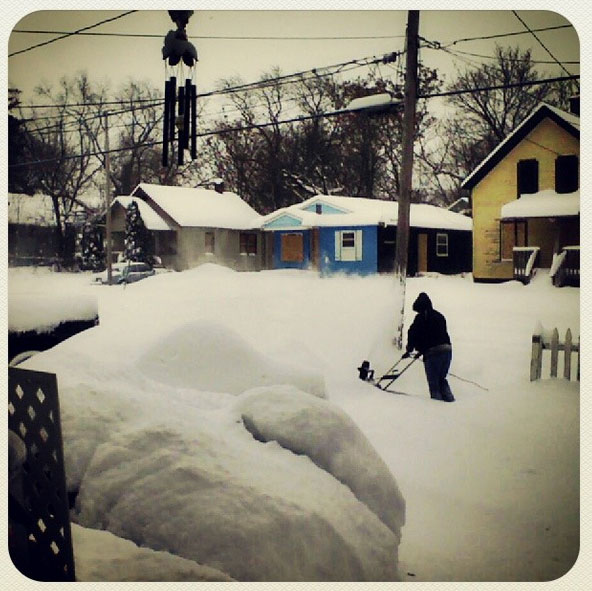

Hartnett (2020) also suggested that heavy snow storms (>25.4 cm) contributed to more than 50% of total snowfall for every type of snowstorms. Hartnett (2020) classified snowstorms affecting central New York into non-direct cyclonic storms and direct cyclonic storms and found that lake effect storms contributed to ~39.4% of total snowfall for the period of 1985–2015.

Changnon (1968) calculated a 30% increase for the same region and a much higher increase (~50%) for northwestern Michigan. Scott and Huff (1996) suggested ~35% increase in snowfall in southwestern lower Michigan due to lake effects. For instance, Scott and Huff (1996) defined an 80-km wide band around Lake Michigan as the area with significant lake effects while Braham and Dungey (1984) used a 40 km wide band for the lake effect region.Ĭontribution of lake-effect snowfall to seasonal snowfall totals could vary from region to region and from season to season. Due to the localized convection, lake-effect snowfall distribution is spatially variable and is limited to the downwind shores of the Great Lakes.

In addition to these synoptic low-pressure systems, Lake Michigan drives meso-beta scale (20–200 km) convective lake-effect snowfall when cold-air moves over the relatively warm lake surface. The movement of mid-latitude cyclones over the LPM brings abundant moisture and snowfall to this region. Mid-latitude cyclones are often associated with low-pressure centers such as the Colorado Low or Gulf Low that follow the jet stream. In the winter season, the LPM is affected by both mid-latitude cyclones and lake-induced winter storms ( Pettersen et al., 2020). The Lower Peninsula of Michigan (LPM) experiences significant amounts of snowfall each year due to its geographic location east of Lake Michigan. Winter snowfall, particularly lake-contributed snowfall, has a significant impact on the society and environment in the Great Lakes regions including transportation, tourism, agriculture, and ecosystem ( Norton and Bolsenga, 1993 Schmidlan, 1993). This study could provide insight on future snow related climate model improvement and weather forecasting. Higher MIC is often associated with lower air temperatures which are negatively related to snowfall. Composite analysis demonstrates that on an annual basis, more snowfall occurs during the years with higher maximum ice cover (MIC) than during the years with lower MIC in Lake Michigan. The North Atlantic Oscillation (NAO) does not have strong influence on snowfall. ENSO events are also negatively related to snowfall in the LPM and can explain ~8% of inter-annual variability. On average, approximately 27% of inter-annual variability in snowfall can be explained by regional average air temperatures. Correlation analysis suggests that regional average air temperatures have a strong negative relationship with snowfall in the LPM. Our study demonstrates that snowfall has significantly increased from 1932 to 2015. This study attempts to understand the trend and inter-annual variability in snowfall in the Lower Peninsula of Michigan (LPM) using statistical analysis based on snowfall measurements from eight weather stations. Understanding the inter-annual variability of snowfall will provide sound basis for local community safety management and reduce its environmental impacts on agriculture and ecosystems. Winter snowfall, particularly lake-contributed snowfall, has a significant impact on the society and environment in the Great Lakes regions including transportation, tourism, agriculture, and ecosystem.



 0 kommentar(er)
0 kommentar(er)
